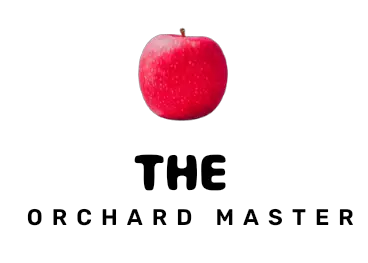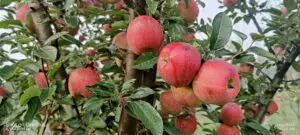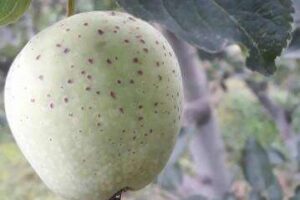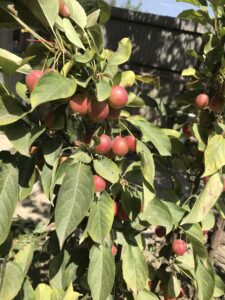Introduction
When it comes to trellis systems used in apple orchards, Gi Trellis and PRC Piles Trellis are two popular choices that are often compared for their suitability and effectiveness. Both systems have their unique features and advantages, and choosing the right one depends on various factors including the specific needs of the orchard, the climate, and the preferences of the orchard manager.
Gi Trellis:
Gi Trellis, also known as the Gable System, is a traditional trellis system that has been widely used in apple orchards for many years. It consists of metal posts and wires arranged in a V-shaped pattern to support the apple trees. The main advantages of the Gi Trellis system include its simplicity, durability, and ease of maintenance. The V-shaped design provides good support for the trees, especially in windy conditions, and allows for easier access for pruning and harvesting. The metal posts are typically galvanized for protection against corrosion, increasing the longevity of the trellis system.

Here are some key points about Gi Trellis systems for apple orchards:
- Design: Gi Trellis consists of metal posts arranged in an inverted “V” shape, connected by cross wires to support tree branches.
- Construction: Metal posts are driven into the ground and cross wires are affixed at varying heights depending on tree size and variety.
- Flexibility: The open V-shape allows easy access for harvesting and pruning. Height and angle can be adjusted for different varieties.
- Cost: The initial cost of metal posts and hardware is relatively low compared to precast concrete systems.
- Maintenance: Over time, galvanized metal will corrode and require painting, repairs or replacement of rusted parts.
- Longevity: With proper maintenance, Gi Trellis can last 15-20 years but parts will continuously degrade compared to concrete.
- Wind Resistance: Open structure provides less stability than solid concrete in high winds, risking tree damage.
- Soil Variability: Performance may be affected more by soil conditions like wet or unstable ground.
- Labor: More frequent maintenance like checking/replacing corroded parts requires ongoing labor costs.
PRC Piles Trellis:
On the other hand, PRC (Pre-Stressed Reinforced Concrete) Piles Trellis is a newer alternative that has gained popularity in recent years. This system utilizes pre-stressed concrete piles as the main support structure for the apple trees. PRC Piles offer advantages in terms of longevity, strength, and stability. The concrete piles are designed to withstand harsh weather conditions and provide a sturdy foundation for the trees. Additionally, the use of concrete reduces the risk of corrosion and requires minimal maintenance over time.
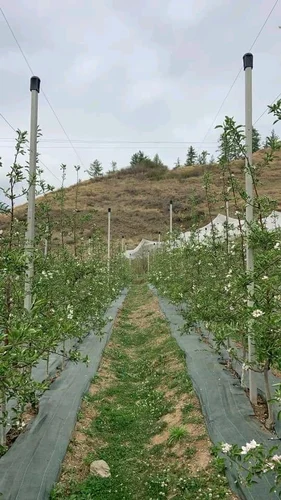
Here are some more key points about PRC Piles Trellis systems for apple orchards:
- Construction: PRC piles are precast concrete sections that are driven deep into the ground. Crossarms and wires are then attached to create the trellis structure.
- Strength: Reinforced concrete provides excellent compressive strength to firmly support heavy trees over the lifespan of the orchard (20+ years).
- Durability: Concrete withstands damage from weather, insects, and corrosion much better than wood or metal. PRC piles are designed to last for decades with no repairs.
- Stability: The pile foundation anchors the trellis securely even in challenging soil or high wind conditions, preventing tree damage.
- Low Maintenance: Without any corroding metal components, PRC piles require no painting, galvanizing, or other upkeep over time.
- Precision: Precast concrete ensures consistent dimensions and strength for each pile. Proper installation provides accurate spacing for the best tree growth.
- Cost Effectiveness: While the initial cost is higher, avoided repair and replacement expenses, as well as increased yield, make PRC piles a good long-term investment.
- Sustainability: Durable concrete piles eliminate periodic material waste from repairs and avoid the embedded energy in repeated manufacturing.
Comparison:
When comparing Gi Trellis and PRC Piles Trellis, several factors need to be taken into consideration.
- Cost: The initial cost of installing PRC Piles Trellis tends to be higher than that of Gi Trellis due to the materials used and the installation process. However, the long-term durability and minimal maintenance required for PRC Piles Trellis can result in cost savings over the lifespan of the trellis system.
- Longevity: PRC Piles Trellis has a longer lifespan compared to Gi Trellis due to the durability of the concrete piles and the reduced risk of corrosion.
- Maintenance: Gi Trellis may require more frequent maintenance compared to PRC Piles Trellis, especially in terms of checking for corrosion and replacing metal components over time.
- Suitability for different climates: The choice between the two trellis systems may also depend on the specific climate conditions of the orchard location. PRC Piles Trellis may be more suitable for areas with extreme weather conditions due to its strength and stability.
- Flexibility and customization: Gi Trellis offers more flexibility in terms of adjusting the angle and height of the trellis, allowing for customization based on the specific apple tree varieties and orchard layout. PRC Piles Trellis, while still customizable, may have certain limitations due to the use of precast concrete piles.
Conclusion
Both Gi Trellis and PRC Piles Trellis have their advantages and considerations when it comes to their application in apple orchards. The choice between the two depends on a variety of factors including cost, longevity, maintenance requirements, climate, and the specific needs of the orchard. Ultimately, orchard managers should carefully evaluate these factors and consider consulting with trellis system specialists to determine the best fit for their orchard.
